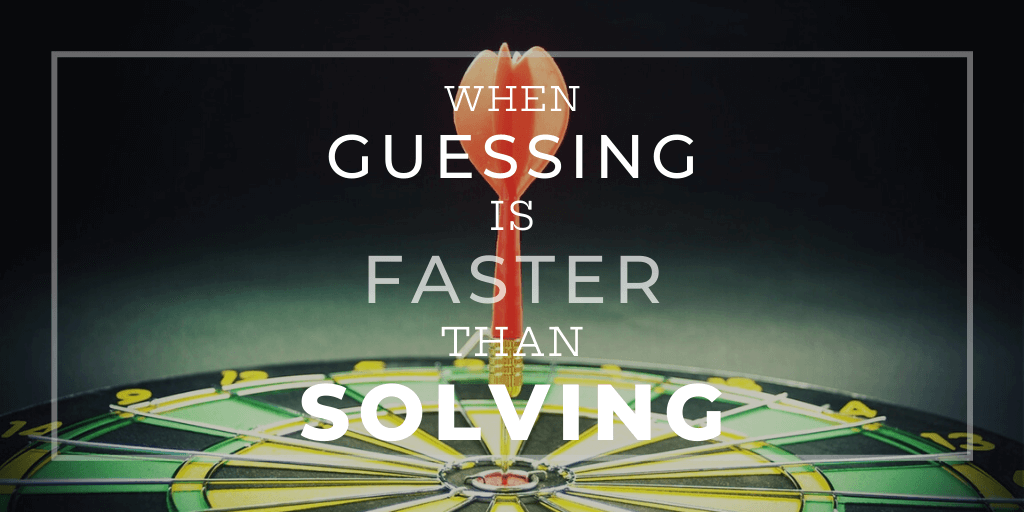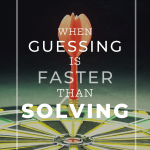
Often, the fill-in-the-blank SAT math questions (otherwise known as the Student Response or Grid In section) give my students fits. They have no idea how to approach them strategically. Here’s an example from one of the College Board’s official SAT tests.
A school ordered $600 worth of lightbulbs. Some of the lightbulbs cost $1 each and others cost $2 each. If twice as many $1 lightbulbs as $2 lightbulbs were ordered, how many lightbulbs were ordered all together?
Confusion reigns
Many of my students take one look at this problem, get overwhelmed by confusion, and promptly skip this problem. Others make an attempt to set up two equations, try solving for two variables, then get themselves tangled up in knots, and skip the problem.
I give them props for trying to figure out the problem….but I’ve got a better suggestion. (And it’s a much easier math strategy!)
An easier way
I'm all about the quickest, easiest, least-amount-of-brain-power-required route to find the *right* answer in the *shortest* amount of time. (Note: this does not equate to taking the lazy-non-thinking route.)
Yes, I suppose there is a way to set up two equations, solve for one variable, sub it back into the first equation to solve for other variable….but yuck! Here’s a quicker way.
The Ready? Fire! then Aim approach
Throw a dart. Take a guess. Take a chance. Make it up!
Here’s what I mean by that. Reading the question again.. how many lightbulbs were ordered all together? Hmm..I don’t know. I don’t have any idea. But what if I just started somewhere and pretended I ordered 10 $1 bulbs.
If I ordered 10 $1, that means I’d order 1/2 as many $2 bulbs – or 5 $2 bulbs. How much money was spent? $10 for the $1 bulbs, and $10 for the $2 bulbs – $20 total.
Whoops! My dart missed the mark. I’m way too low for the $600 the problem tells us that the bulbs cost.
Adjust your aim and throw again
No biggie. Let’s throw another dart.
Okay – what about 500 $1 lightbulbs? That would mean there were 250 $2 bulbs. That would give me $500 + $500 = $1000.
Whoops – I overshot the mark. But I am closer than before. Let me try again
Adjust your aim and ……throw another dart
What about 400 $1 lightbulbs? That would mean 200 $2 bulbs for a total cost of $400 + $400 = $800. Bummer. Still too high – but much closer! Let me try again.
What about 300 $1 lightbulbs? That would mean 150 $2 bulbs for a total cost of $300 + $300 = $600. Woot! Bullseye!
Let’s go back and read the map – what did they want us to find? Right – what is the total number of lighbulbs ordered? 300 + 150 = 450. 450 is the answer.
(And I promise it took longer to write this post than it does to keep tossing darts at a problem – or choosing different number and trying again.) And, like most things, you get better (faster and more accurate) the more you practice.
So, to sum up this better SAT math strategy: throw more darts!
Use the Ready? Fire! then Aim approach to increase your SAT math score.Want weekly test tips and strategies?
Subscribe to get my latest content by email.
